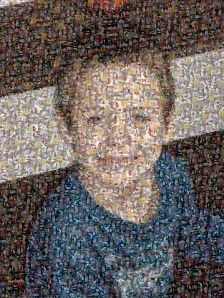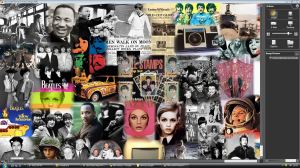The End is in Sight…
I feel a bit guilty this week. Our school broke up last Thursday but lots of you are still busy in the classroom. I’m sure it all evens out in the big scheme of things but I thought I’d share an end of the year activity with you that might be a nice way for any school leavers to take away memories of their class and friends. Best of all it uses free stuff.
The above image was made using Microsoft AutoCollage and it’s a great program for merging photos together in a pleasant and artistic way. I’ve mentioned it before and I’ve used it for a few different things in the classroom. The good thing about this is that it’s free if you’re a member of Partners in Learning – and it’s not the only free download they’re offering! I think it would work well, with individual pictures of members of a class (plus teachers or support staff), as a take home memento. If you don’t like the images merged together you could do a similar thing with Shape collage, although it’s worth looking for an older version as the new one leaves quite a visible watermark. shape collage allows you control over the shape , background colour and spacing of the pictures but the full version is not free. It is, nonetheless, worth seeking out in its older format.
The picture above was made using a free download called Andrea Mosaic. I think it is a great little freebie. Collect a group of images together ( in this case family images but for class purposes it could be individual portrait pics), choose the photo you want to mosaic and away you go. The website has loads of examples to view and inspire you and there’s more information on it here. I did this with a group of Year 6 leavers a while ago and parents were coming in and asking to have them laminated – they were that nice! So there you have it – fun stuff that’s also free! You can’t fault it.












